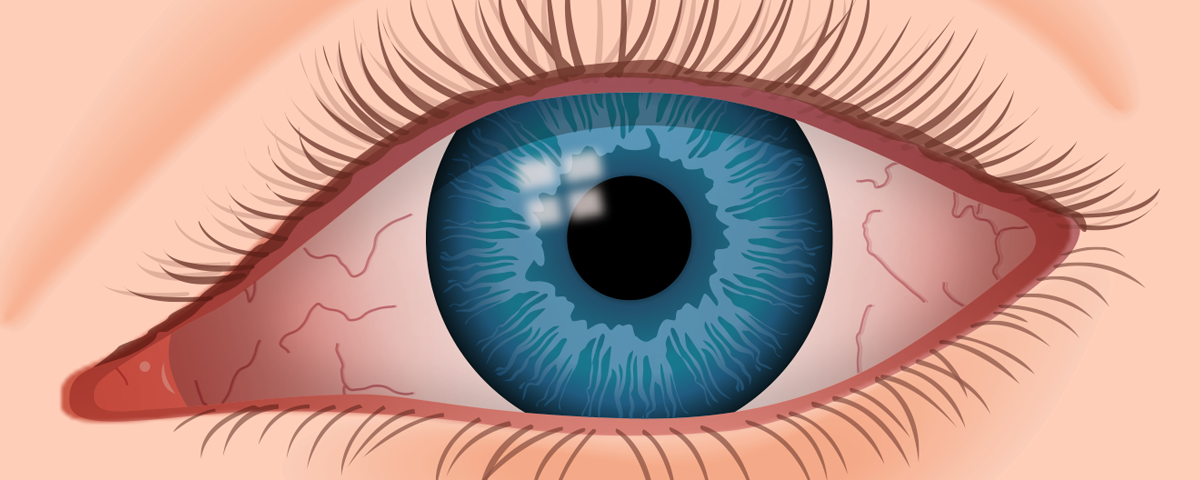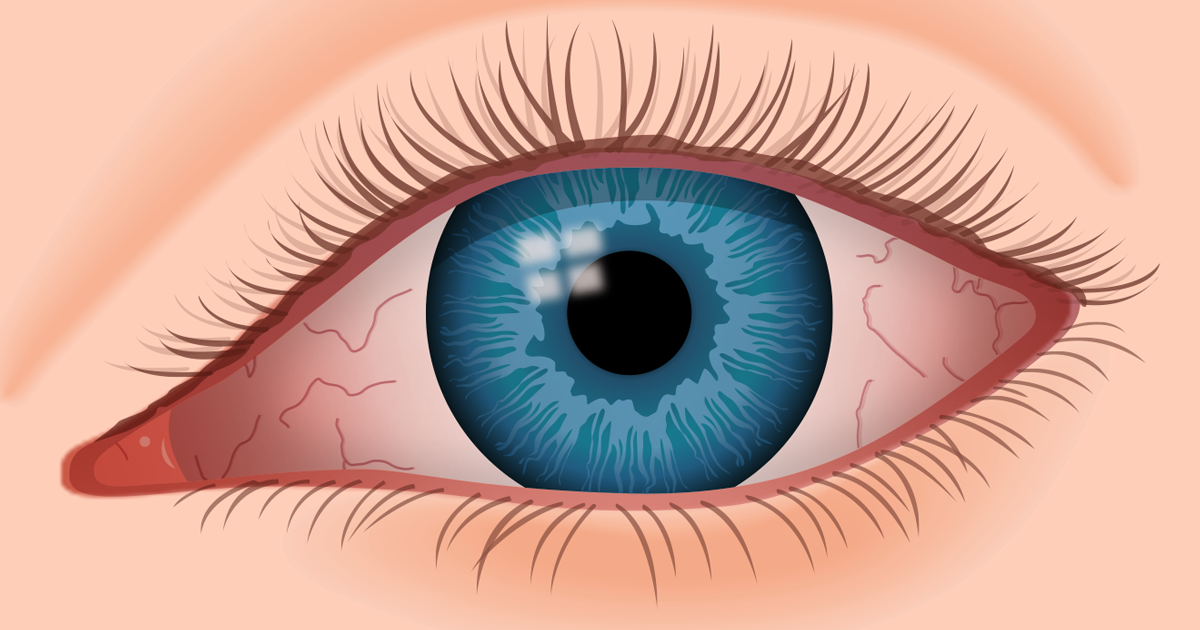For keratoconus patients whose vision may not be correctable with spectacles, dry eye is an especially troubling condition.
Tears are needed to maintain the health of the front surface of the eye and to provide good vision. Sometimes contact lens patients who experience dry eye symptoms find they cannot tolerate wearing lenses and resort to eyeglasses.
Dry eye is also a very prevalent condition. Among different ages and ethnic groups, in different parts of the world, dry eye can affect up to 1 in every 3 individuals. Dry eye exists when an individual does not produce enough tears, or the tears are of poor quality and cannot nourish the eye effectively.
Dr. Melissa Barnett, OD, FAAO, FSLS, Principal Optometrist at the University of California, Davis stated tears are more than liquid that coats the eye.
The tear film is composed of nutrients, electrolytes, proteins and lubricants. Tear film reduces the risk of eye infection, clears the eye of foreign matter, and keep the eye’s surface intact and clear. If there are any irregularities in the tear film, symptoms of dry eye may manifest.”
– Dr. Melissa Barnett, OD, FAAO, FSLS
In the United States, 23 million adults report dry eye symptoms. Dry eye has many presentations and can range from mild to moderate to severe. Some common complaints include:
Dryness
Sandy, gritty, or foreign body sensation
Pain
Photophobia (light sensitivity)
Stinging
Excessive tearing
Burning
Blurry or Interrupted vision
Itchy
Many different factors cause dry eye.
Dry eye disease is more common in people over the age of 50. Hormonal changes, especially common in women, can cause dry eye. Other medical conditions including diabetes, glaucoma, Sjogren’s syndrome, lupus, and rheumatoid arthritis can exacerbate dry eye symptoms. Some medications including antihistamines (e.g., Claritin, Benadryl, Zyrtec or Allegra), hormonal replacement therapy (e.g., Estrogen and Progestin) and androgen therapy contribute to dry eye symptoms.
If you suspect that you have dry eye, schedule an appointment with your eye doctor for evaluation and management. Your eye doctor will ask you to describe your symptoms and perhaps complete a questionnaire. Your general health, other medications you are taking, and environmental factors such as pollen or allergies may contribute to making the diagnosis of dry eye eyes.
Your eye doctor will conduct an external examination of your eyes, including looking at your eyelids, cornea and conjunctiva, and will analyze your blink dynamics. Simple office-based tests can measure the quality and quantity of tears.
Dr. Barnett noted there are a number of therapies, alone and in combination that help to relieve dry eye symptoms:
Treatments may include over-the-counter artificial tears such as Refresh Optive®, Systane® or TheraTears®; omega-3 dietary supplements such as Science Based Health HydroEye® or Physician Recommended Nutriceuticals Dry Eye Omega Benefits®, and foods rich in omega-3 fatty acids such as salmon, flax seed or chia seed. In more severe cases, punctal plugs – very small plastic pieces that close the ducts that drain tears out of the eyes, night-time moisture goggles, or daytime moisture release eyewear may be suggested. Restasis®, a prescription eyedrop can also be recommended to increase the eye’s ability to produce tears.”
Our thanks to Melissa Barnett, OD, FAAO, FSLS
Principal Optometrist, Department of Ophthalmology, University of California, Davis.
President, Scleral Lens Education Society






